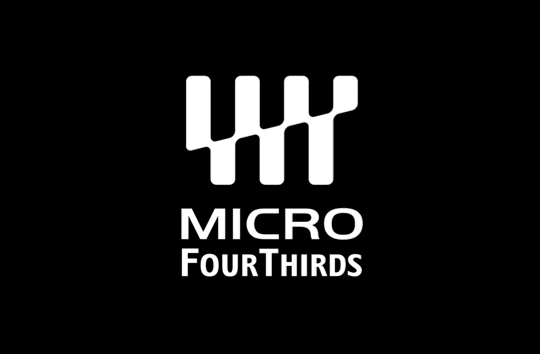
Earlier, a blog post titled “Micro Four Thirds is Hard for Those With Low Camera Literacy to Understand: Panasonic” has stirred up controversy among photography enthusiasts. This blog argues that Micro Four Thirds cameras, particularly those made by Panasonic, are challenging for users with low camera literacy to grasp. As a passionate advocate for all forms of photography education and the democratization of camera technology, I find this viewpoint not only misleading but also potentially divisive within the photography community. Jason goes on with demonstrating how out of touch he is, perhaps it’s an age thing.
Firstly, let’s address the term “camera literacy.” It suggests a hierarchy of understanding where certain cameras are deemed more complex or sophisticated than others. This notion can be exclusionary and fails to recognize that different cameras serve diverse needs and preferences. While it’s true that Micro Four Thirds cameras may have unique features and characteristics, so do other camera systems. The key lies in education and familiarity. There is a tool for every job. He proves that quite well with his writing.
Panasonic, a leading manufacturer in the Micro Four Thirds market, has invested heavily in user-friendly interfaces and intuitive design. Their cameras often feature touchscreen controls, clear menu systems, and in-camera guides tailored to beginners. This approach aims to bridge any perceived gap in camera literacy, making their products accessible to photographers of all skill levels. Even offering top quality Leica glass for their enthusiasts.
From a practical standpoint, many photographers value the portability and versatility offered by Micro Four Thirds cameras. The smaller sensor size allows for compact lenses and lighter camera bodies, ideal for travel, street photography, and videography. These advantages appeal not only to professionals but also to beginners seeking a balanced entry into photography without sacrificing quality or creative control. The price points are of great value as well.
It’s essential to challenge narratives that perpetuate the idea of a steep learning curve associated with certain camera systems. Rather than discouraging potential users based on assumptions about complexity, we should encourage exploration and provide resources to empower photographers at every level. That is exactly why I took on the challenge of writing for the 43addict blog.
In conclusion, Micro Four Thirds cameras, including those manufactured by Panasonic, OM systems, and even Leica should not be dismissed as difficult for those with low camera literacy. Instead, they represent a viable choice for photographers seeking innovation, flexibility, and accessibility in their photographic journey.
43Addict Blog Contributor